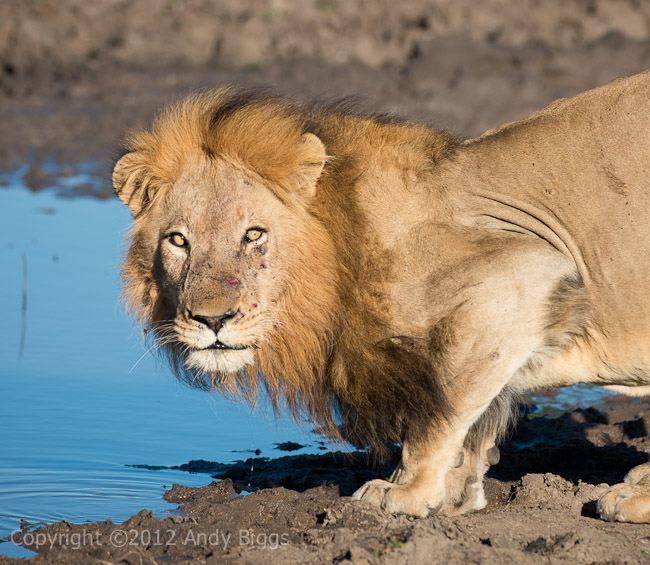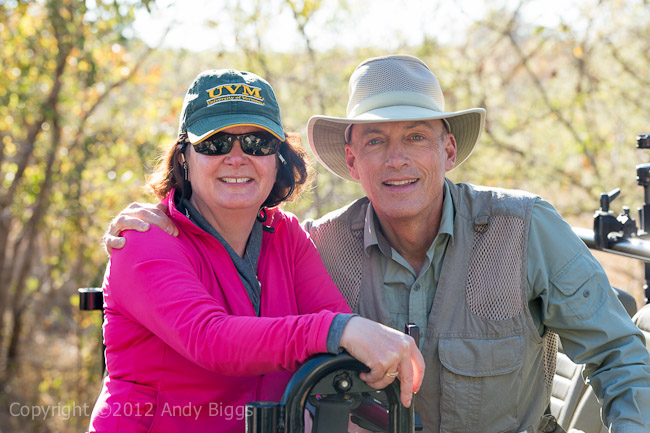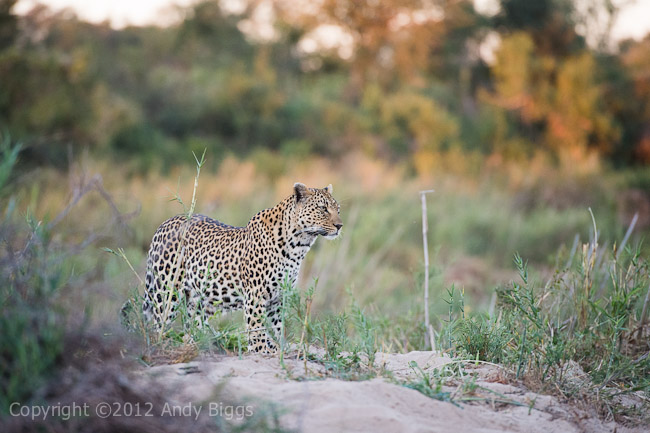Sabi Sand Safari Report - Day 13
 Friday, June 15, 2012 at 05:37AM
Friday, June 15, 2012 at 05:37AM We found ourselves along the Sand River at sunrise, and the river had a fog layer in one of the sections that had water from one edge to the other. We stopped in the middle of a crossing and just sat there for a few minutes to watch how the morning sun altered the landscape and pondered how to best photograph the scene. Sometimes photographs never capture a moment, and during those moments we just watched and enjoyed the experience of being outdoors and away from our daily lives back at home.
Eventually we located and sat with a large herd of elephants, how were amongst the tall grass and round leaf teak bushes that littered the landscapes. The elephants were extremely calm in our presence, and we focused our attention and lenses on a baby elephant who wanted to nurse. The mother moved away every time the little guy wanted some milk, but eventually the mother gave in when they were close to our Land Rover. What a tender moment, and our shutters were clicking away for the next little while.
The afternoon was mostly filled with tracking activities, as we wanted to try and locate one of the leopards with cubs, but we couldn’t find any tracks in the area that she was last known to be in. It’s good to have patience, and we all have it, but it didn’t pay off today. That was perfectly ok, because we sat at a watering hole with a pair of rhinos as the light faded away. J
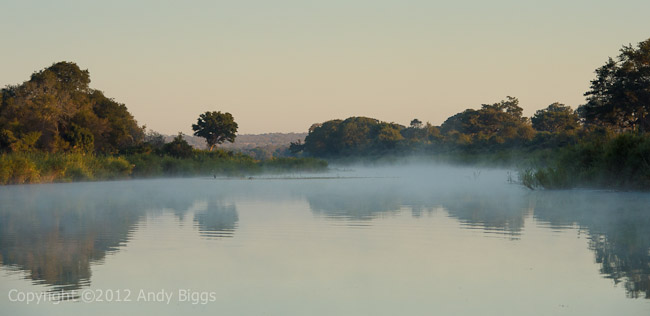
Sand River at Sunrise
Nikon D4, 70-200mm f/2.8 VRII, 1/1000 @ f/8, ISO 1000

Elephant and Mother
Nikon D800, 300mm f/2.8 VRII, 1/800 @ f/2.8, ISO 500

Rhino and Refletion
Nikon D800, 300mm f/2.8 VRII, 1/2000 @ f/4, ISO 800
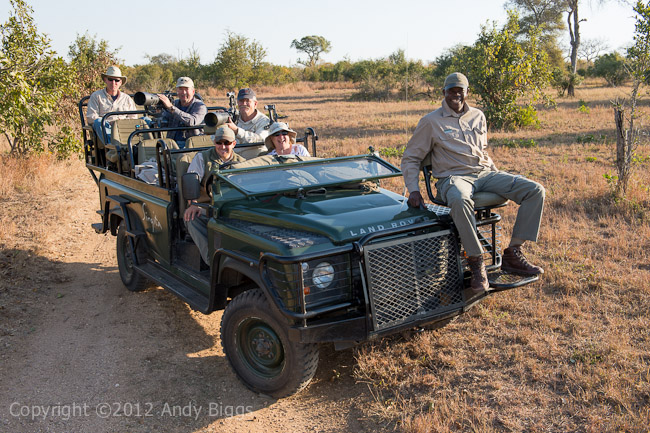
All Smiles
Nikon D4, 24-70mm f/2.8, 1/200 @ f/10, ISO 500
Camera bags on this safari are sponsored by Gura Gear, which I started in 2008. Check us out. We make the best camera bags on the planet.
Some of the gear on this safari has been provided by Borrowlenses.com. I rely on borrowlenses.com for both my own needs as well as my safari travelers’ needs. When we need big lenses, cameras or anything else photographic, we turn to borrowlenses.com to help out. They are the best resource in the industry for traveling photographers.
 Sabi Sand,
Sabi Sand,  Singita,
Singita,  South Africa,
South Africa,  safari in
safari in  Safari Reports
Safari Reports 






